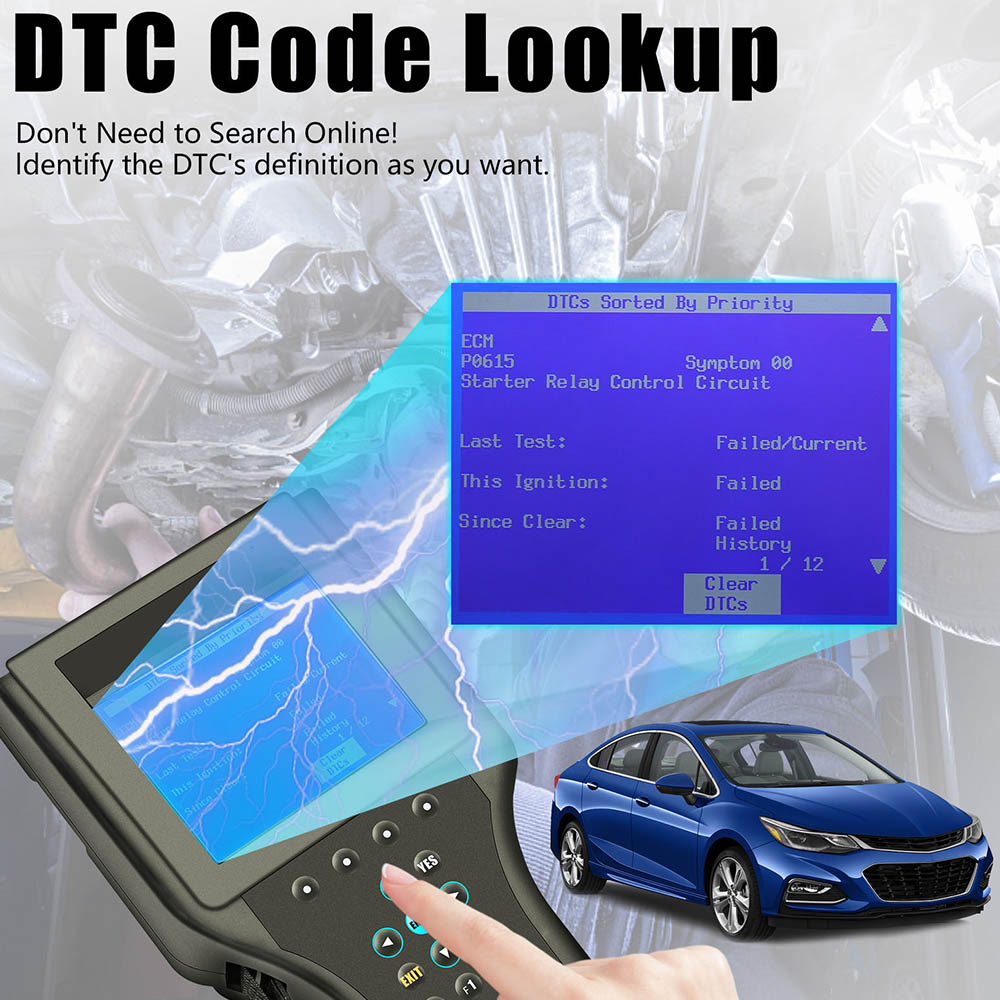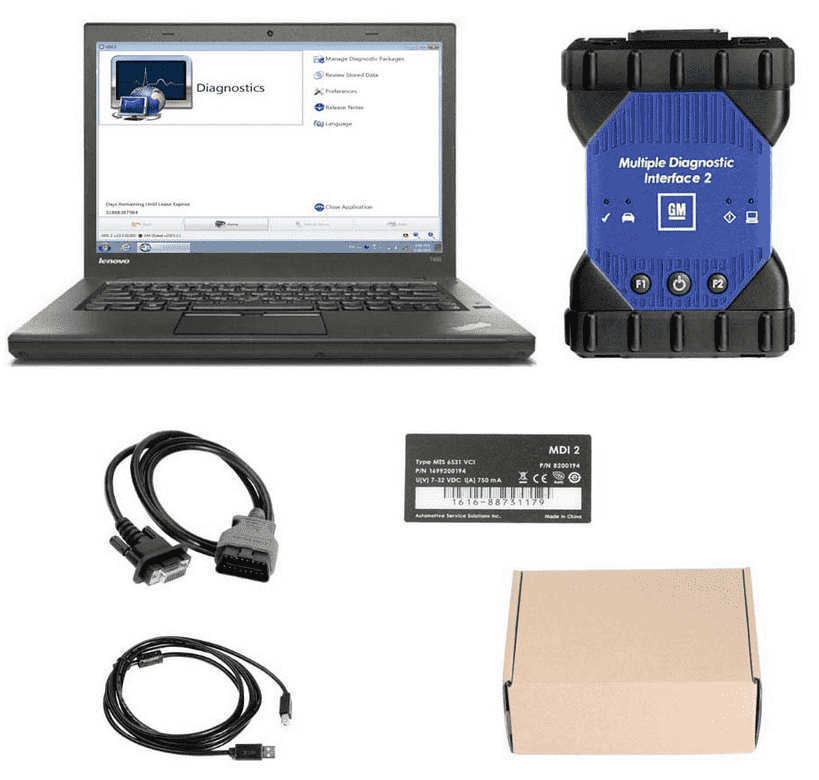The GM MDI (Multiple Diagnostic Interface) and the Tech 2 are both diagnostic tools used for General Motors vehicles, but they differ in compatibility, technology, and functions.
GM Tech 2
Purpose: Primarily used for GM vehicles from 1991 to around 2013.
Compatibility: Works with earlier OBD1 and OBD2 GM vehicles; however, it’s limited to older models and can’t be used for most vehicles made after 2013.
Functionality: Performs diagnostic tests, reprograms control modules, and is capable of bi-directional control (e.g., activating components like fans or fuel pumps).
Interface: Simple and self-contained with a screen and keypad. No laptop is needed for basic diagnostics.
GM MDI 2
Purpose: Designed for newer GM vehicles (2009 onward) and replaces the Tech 2 for many tasks on these models.
Compatibility: Works with late-model GM vehicles and supports newer CAN bus systems. Also compatible with GDS2 (Global Diagnostic System 2), GM’s latest software for diagnostics.
Functionality: Allows for advanced diagnostics and programming of newer modules, ECU reprogramming, and real-time data streaming. It works through a PC interface, using software like GDS2 and Techline Connect.
Interface: The MDI itself is a pass-through device that connects to a laptop for a full-screen interface, which makes it more versatile for complex diagnostics and programming but less portable than the Tech 2.
Key Differences
Model Coverage: Tech 2 is limited to older models, while MDI supports newer vehicles.
Software: Tech 2 runs independently, while MDI requires software (GDS2) on a PC.
Features: MDI offers more advanced features for newer models, including access to a broader range of modules and more in-depth diagnostics.
In summary, the Tech 2 is ideal for older GM vehicles up to 2013, while the GM MDI 2 is the go-to for newer GM models due to its advanced compatibility and functionality. If you’re mainly working with late-model GM vehicles, MDI is the better option for diagnostics and reprogramming.


Leave a Reply